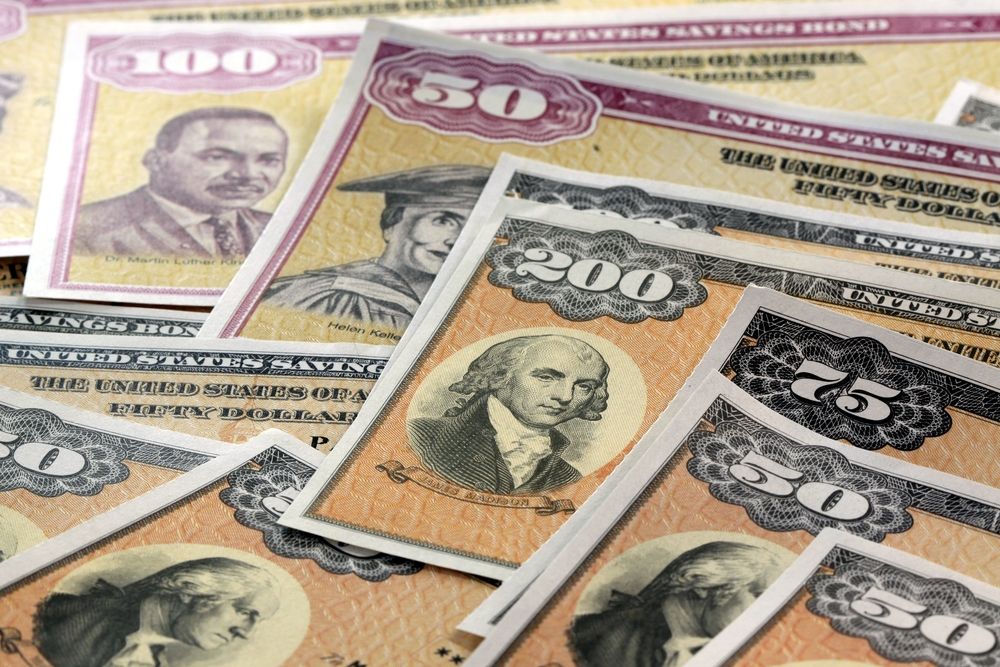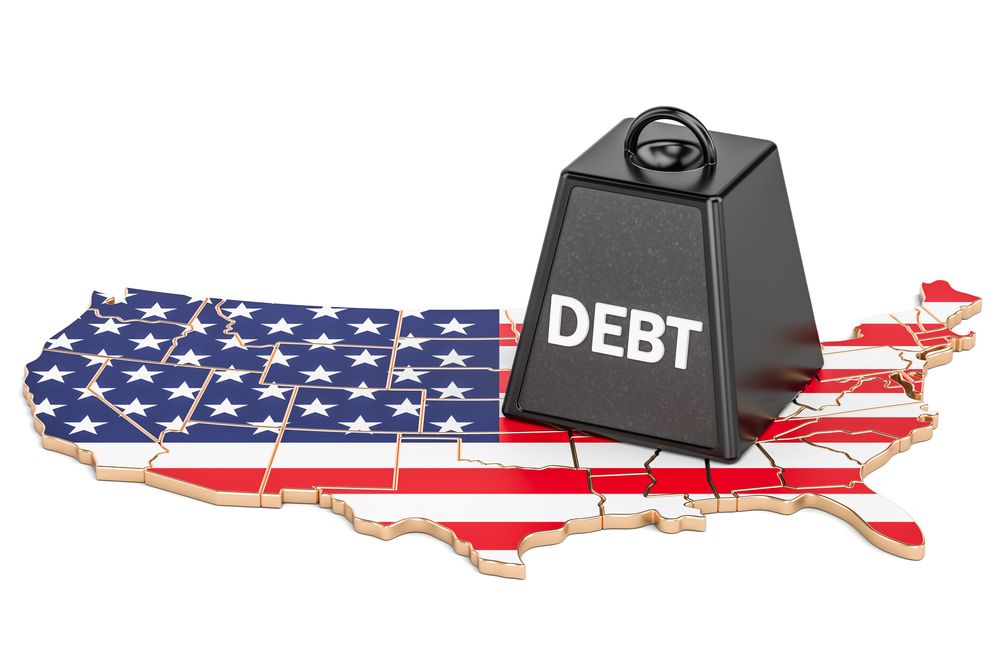The United States Treasury has announced the return of the 20-year bond, as it faces mounting deficits. With more than $23 trillion of debt owed by the U.S., coming up with ways to rake in interest is becoming a much greater portion of the national budget. The budget deficit is set to pass $1 trillion in 2020 for the first time ever.
The Treasury already offers a 10 and 30-year maturity bond. However, in response to this massive debt and interest burden, the U.S. Treasury has chosen to offer a mid-range bond. Analysts believe the new issuance could be in the range of $150-$160 billion per month. This is in addition to those which are already offered at $2.7 trillion per year.
SponsoredBorrowing Your Way Out of Debt
In principle, government issuance of bonds is an expected reality. Financial needs not met by tax revenue must be derived from some source. Issuing bonds allows investors to receive revenue from a stable source.
The returns on bonds have always been lower, given that they are extremely low-risk. However, risk-averse investors have taken to bonds as a simple way to receive nearly-guaranteed returns.
The difficulty, however, is that payments on outstanding debts have crippled the U.S. budget. The percentage of the budget used to pay interest on the debt is spiraling out of control.
The offering of another debt measure to counteract the debt problem may seem wholly irrational. While possible to earn a small amount of capital through the issuance, the government must then pay interest on the newly minted bonds as well.
The treasury policy of borrowing to spend has been effective in times past in the short term. But the danger of the current system is that the national debt and interest payments have exceeded a place of recovery.
SponsoredThe Treasury choosing to issue debt, in this case, reflects a system that no credit card company would allow. Greater levels of debt should not be considered as a means of eliminating debt.
Any Hope to be Found?
In order to escape the situation, few options remain. The U.S. government could default on its outstanding debt. This would effectively result in a downgrade of the U.S. economic machine, and a loss of international value in the dollar.
A second option would be to devalue the currency. This would allow the government to essentially pay pennies on the dollar to clear past debts.
Both of these options, however, would likely result in geopolitical unrest.
The third potential option is to simply ‘print money’ through the Federal Reserve. This would have a negative impact of massive inflation, but the government could clear the debt and open up the budget.
The answer, according to some, is that there are no answers. The system is flawed at its core and will eventually topple. The only option, according to these thinkers, is to educate oneself and hedge into Bitcoin.
With no attachment to government choices, Bitcoin remains untouchable by inflation, devaluation and the like. Whether or not this becomes an option that the U.S. government is willing to consider




